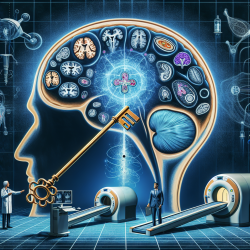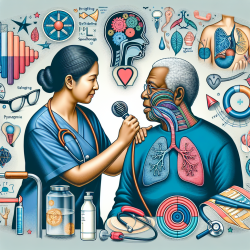Introduction
Autism Spectrum Disorder (ASD) is a complex neurodevelopmental condition that affects communication, social interaction, and behavior. Recent research, including the study "Autism spectrum disorders pathogenesis: Toward a comprehensive model based on neuroanatomic and neurodevelopment considerations," provides new insights into the pathogenesis of ASD, focusing on neuroanatomic and neurodevelopmental factors. Understanding these findings can help practitioners improve their approaches to therapy and encourage further research in the field.
Key Findings from the Research
The study suggests that ASD involves alterations in neural connectivity, particularly affecting the cortical network organization. Key findings include:
- An early increase in brain volume due to abnormal cortical overgrowth patterns.
- Increases in size, spine density, and neuron population in the amygdala and surrounding nuclei.
- Dysregulation of layer formation and neuronal migration during prenatal development, leading to synaptic pruning issues postnatally.
- The potential role of environmental factors, such as serotonin/kynurenine supply during critical gestational weeks, in promoting ASD pathogenesis.
Implications for Practitioners
These findings highlight the importance of early detection and intervention in ASD. Practitioners can focus on:
- Monitoring early brain development and identifying atypical growth patterns.
- Developing targeted therapies that address specific neuroanatomic and neurodevelopmental abnormalities.
- Encouraging multidisciplinary collaboration to integrate findings from neuroscience, genetics, and environmental studies.
Encouraging Further Research
While this research provides a comprehensive model of ASD pathogenesis, it also opens the door for further studies. Practitioners are encouraged to explore:
- The impact of environmental factors, such as maternal inflammation and serotonin levels, on fetal brain development.
- The role of RNA editing mechanisms in individual susceptibility to ASD.
- Innovative therapeutic strategies that leverage new insights into neurodevelopmental processes.
Conclusion
Understanding the neuroanatomic and neurodevelopmental underpinnings of ASD can significantly enhance therapeutic outcomes. By integrating these research findings into practice, practitioners can better tailor interventions to the unique needs of children with ASD. To read the original research paper, please follow this link: Autism spectrum disorders pathogenesis: Toward a comprehensive model based on neuroanatomic and neurodevelopment considerations.










